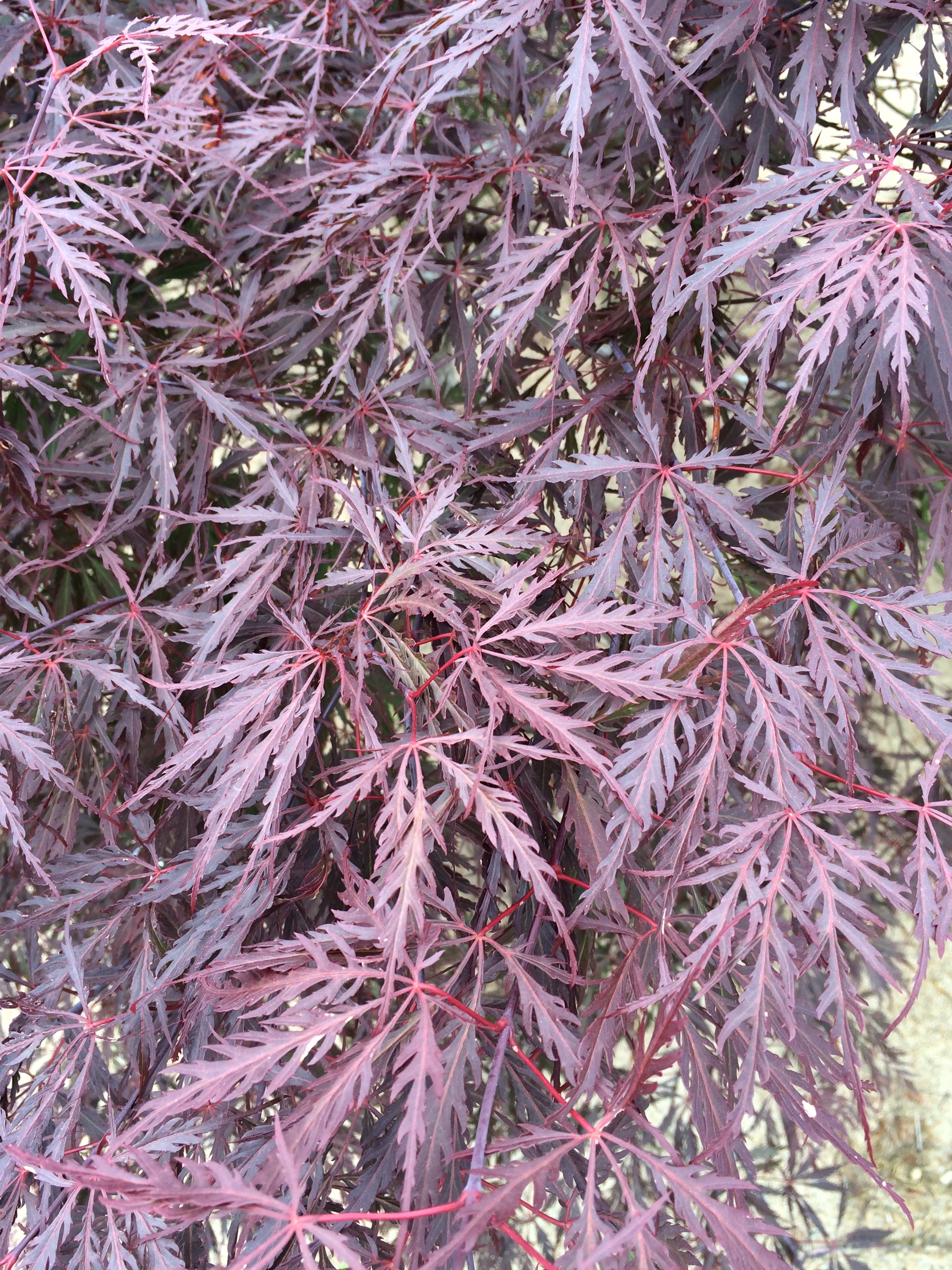

Stunted Growth: Prolonged exposure to intense sun can inhibit a Japanese maple’s growth and overall vigor.The rich reds, purples, and oranges that make them so captivating can become muted or greenish. Fading Leaf Color: Japanese maples’ vibrant foliage colors may fade or lose their intensity when exposed to excessive sunlight.This occurs when the tree’s water supply cannot meet the high transpiration demands caused by excessive sun exposure. Leaf Scorch: Intense sunlight can lead to leaf scorch, causing the edges or entire leaves to turn brown, crispy, or even wilt.Here are some potential consequences of subjecting Japanese maples to too much sun: While Japanese maples can tolerate some sun exposure, excessive sunlight can have detrimental effects on their health and appearance. What Happens if Japanese Maple Gets Too Much Sun? In most cases, Japanese maples growing in the southern portion of their Hardiness Zone range typically prefer afternoon shade for protection from the intense sunlight. Without enough sunlight, the color of the foliage may not be as expected, and if too much sun is provided in warm regions, the foliage can burn.

When it comes to determining the ideal light conditions for your Japanese maple, the variety and your growing location play pivotal roles. Japanese maples encompass a vast array of cultivars, each with its distinct characteristics and sun tolerance levels. Let’s explore the different light requirements based on leaf characteristics to ensure your Japanese maple thrives in the perfect lighting conditions. However, it’s essential to consider the specific cultivar’s recommendations, as some may have individual preferences. In general, varieties with lighter or variegated leaves tend to tolerate more sun exposure, while those with darker or deeply dissected leaves prefer shadier conditions. Leaf color and shape are vital indicators of a Japanese maple’s sun requirements. The unique charm of Japanese maples lies not only in their graceful form but also in the striking hues of their foliage. I cover the most important aspects of caring for a Japanese maple tree in this complete guide: Comprehensive Guide to Japanese Maple Care and Maintenance Japanese Maple Light Requirements Now that we understand that most Japanese maples thrive in partial shade, let’s delve deeper into their specific light requirements to ensure optimal growth and beauty. While they can tolerate some direct sun exposure, especially in the morning, prolonged and intense sunlight can scorch their delicate leaves and negatively affect the color of the foliage. Most Japanese maples prefer partial shade to filtered sunlight, though this varies based on the variety. However, one crucial factor in ensuring their health and vibrancy is finding the ideal location for these graceful trees. Japanese maples ( Acer palmatum) are revered for their exquisite beauty and delicate foliage, making them a sought-after addition to gardens and landscapes.


 0 kommentar(er)
0 kommentar(er)
